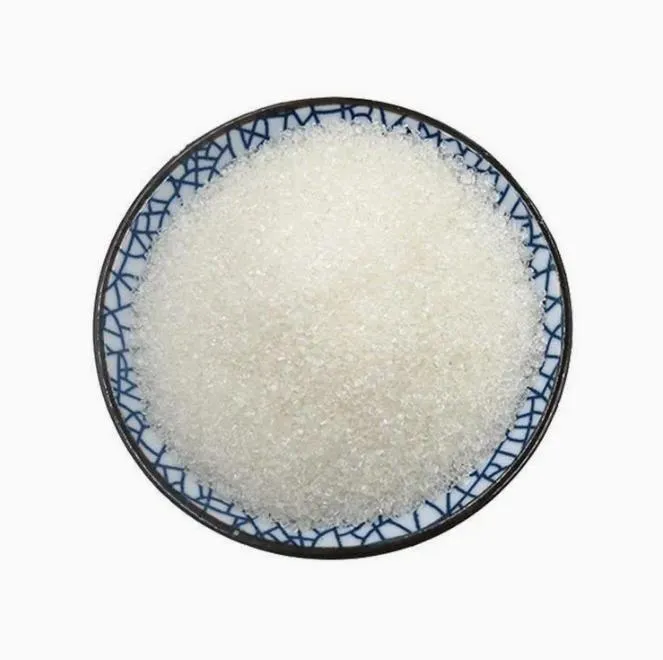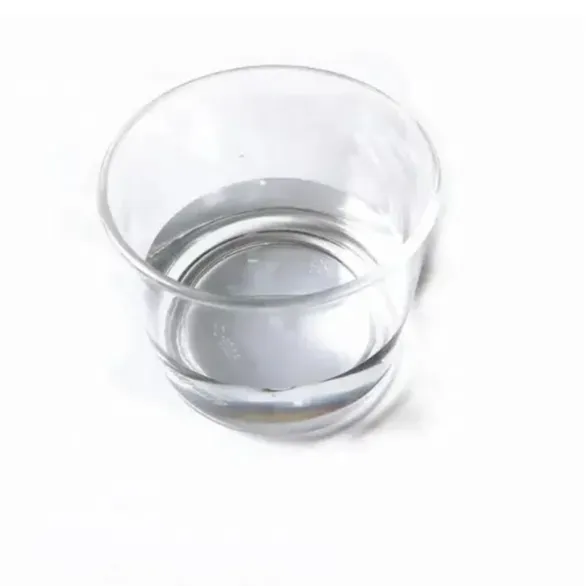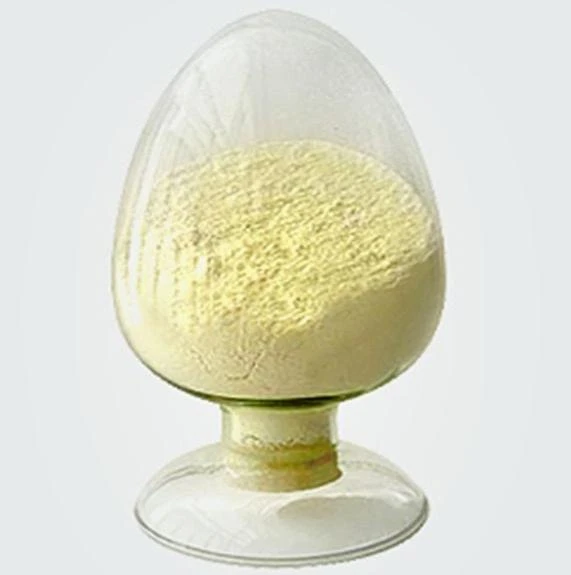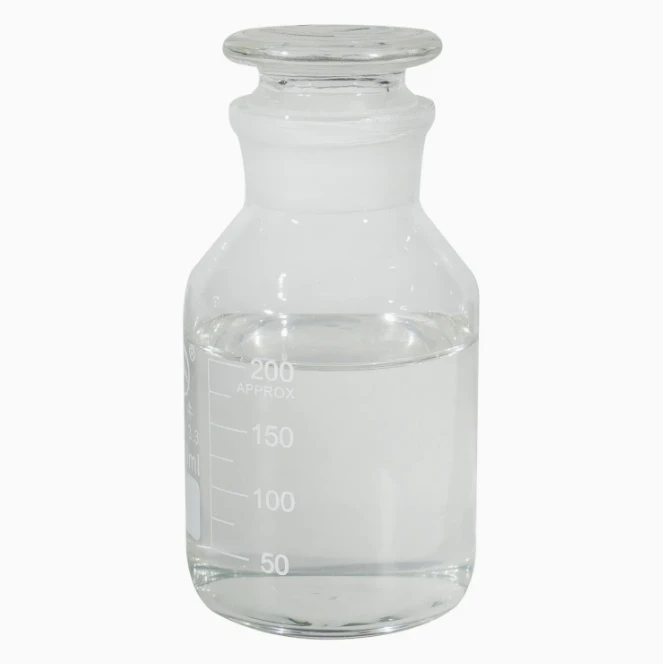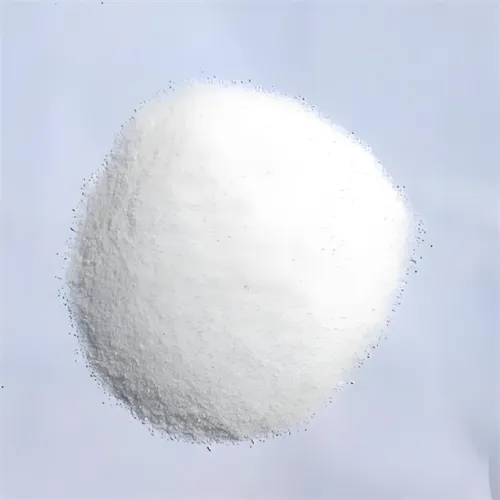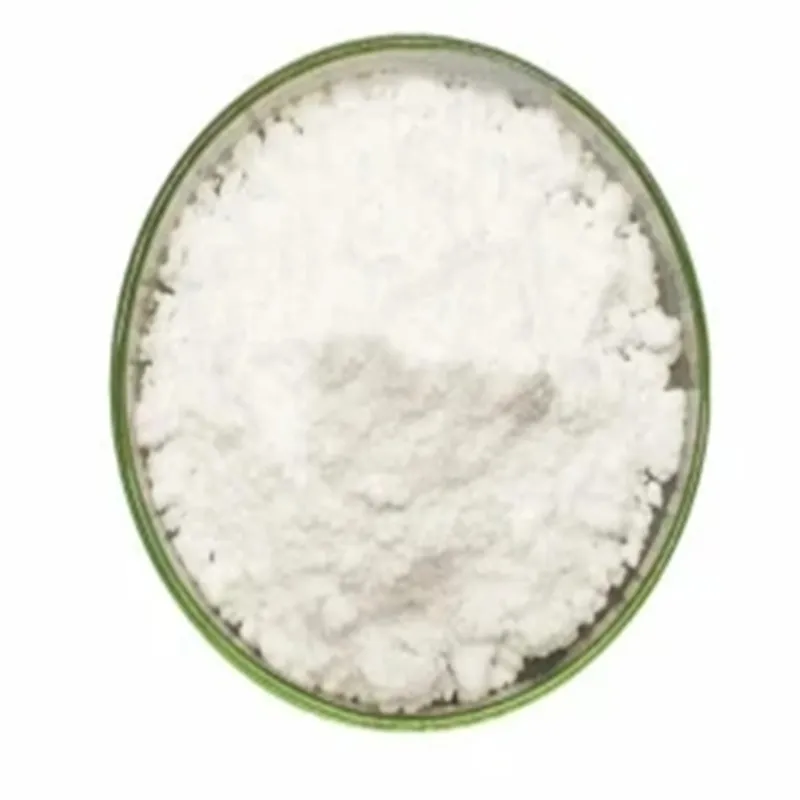Warning: Undefined array key "file" in /home/www/wwwroot/HTML/www.exportstart.com/wp-content/themes/1198/header.php on line 7
Warning: Undefined array key "title" in /home/www/wwwroot/HTML/www.exportstart.com/wp-content/themes/1198/header.php on line 7
Warning: Undefined array key "title" in /home/www/wwwroot/HTML/www.exportstart.com/wp-content/themes/1198/header.php on line 7
- Awherika
- Albanian
- Amharic
- Arapi
- Arameni
- Azerbaijani
- Basque
- Belarusian
- Bengali
- Bosniana
- Bulgarian
- Katarana
- Cebuano
- Haina
- Haina (Taiwan)
- Korihika
- Koroatiana
- Czech
- Teniana
- Tatimana
- Ingarihi
- Esperanto
- Estonian
- Finnish
- Wīwī
- Frisian
- Kariri
- Georgian
- Tiamana
- Kariki
- Gujarati
- Haiti Creole
- hausa
- hawaii
- Hiperu
- Kao
- Miao
- Hungarian
- Tiorangi
- igbo
- Initonia
- Irish
- Itari
- Hapanihi
- Hawaana
- Kannada
- Kazakh
- Khmer
- Rwandan
- Koreana
- Kurdish
- Kyrgyz
- TB
- Latina
- Latvian
- Lithuanian
- Luxembourgish
- Makeronia
- Malgashi
- Malay
- Malayalam
- Marite
- Maori
- Mareti
- Mongolian
- Myanmar
- Nepali
- Norewai
- Norewai
- Occitan
- Pashto
- Pahia
- Porohia
- Potiti
- Punjabi
- Romanian
- Ruhia
- Hamoa
- Scottish Gaelic
- Serbian
- Ingarihi
- Shona
- Sindhi
- Sinhala
- Slovak
- Slovenian
- Somali
- Paniora
- Hatana
- Swahili
- Huitene
- Tagalog
- Tajik
- Tamil
- Tatara
- Telugu
- Thai
- Turkish
- Turkmen
- Iukereiniana
- Urdu
- Uighur
- Uzbek
- Vietnamese
- Welsh
- Awhina
- Yiddish
- Yoruba
- Zulu
CAS: 79099-07-3
L-glutamic acid is an acidic amino acid. The molecule contains two carboxyl groups, the chemical name is α-aminoglutaric acid. L-glutamic acid was discovered in 1856 by Lessoson. It is a colorless crystal, with umami, slightly soluble in water and soluble in hydrochlori acid solution, with isoelectric point of 3.22. A large number of existing in cereal protein, animal brain content is more. L-glutamate plays an important role in the metabolism of proteins in organisms and participates in many important chemical reactions in animals, plants and microorganisms.



1. Glutamine can help muscle growth
2. Glutamine can increase strength
3. As a fuel of the immune system, Glutamine can boost the immune system function
4. Glutamine can be used as a basic energy source of Gastrointestinal lumen cells
5. Glutamine can improve brain function
6. Glutamine can improve the body's antioxidant capacity
7. Glutamine can promote protein metabolism
8. Glutamine can keep the intestinal permeability of severe acute pancreatitis patients,reduce the occurrence of gut bacteria translocation, suppress inflammatory mediator release, reduce the level of the body's stress response
9. Glutamine can used on biochemical research as the bacteria culture.
He maha nga wheketere kounga teitei me te mahi tahi, ka taea e koe te whakarato i nga hua o te kounga teitei me nga utu whakataetae. Ka taea hoki e matou te tuku utu mo nga hokonga nui.A ka mahi tahi matou me te maha o nga kamupene kawe utanga ngaio, ka taea te tuku hua ma te humarie me te pai ki o ringaringa. Ko te wa tuku mo nga ra 3-20 i muri i te whakapumautanga o te utu.




| Tūemi | Whakatakotoranga | Hua | Method | ||
| Description | |||||
| Te ahua | Te paura ma | Ka tutuki | Visual | ||
| Te kakara | Characteristic | Ka tutuki | Organoleptic | ||
| Taste | Characteristic | Ka tutuki | Organoleptic | ||
| Part Used | Leaf | Ka tutuki | |||
| Particle Size | 100% through 80 mesh | Ka tutuki | CP2015 | ||
| Bulk Density | 0.20g/ml~0.40g/ml | 0.25g/ml | CP2015 | ||
| Maker Compounds | |||||
| Chemical Test | |||||
| Loss on drying | ≤5.00% | 3.8% | GB 5009.3 |
||
| Heavy Metals | |||||
| Total Heavy Metals | ≤10ppm | Ka rite | GB 5009.74 | ||
| Arseni | ≤0.5ppm | Ka rite | GB 5009.11 | ||
| Lead | ≤0.5ppm | Ka rite | GB 5009.12 | ||
| Microbiological Tests | |||||
| TotalPlate Count | ≤1000cfu/g | 110cfu/g | CP2015 | ||
| Yeast&Mold | ≤100cfu/g | 20cfu/g | CP2015 | ||
| Staphylococcus | He kino | He kino | CP2015 | ||
| Haramona | He kino | He kino | CP2015 | ||
| E. Coli | He kino | He kino | CP2015 | ||

1. He wheketere koe, he kamupene hokohoko ranei?
He kamupene matou e whakauru ana i te ahumahi me te hokohoko, e whakarato ana i te ratonga kotahi-mutu. Ka taea e OEM te whakaae.
2. Kei te whakarato koe i nga tauira? He kore utu, he taapiri ranei?
Ko nga tauira kore utu.Ko te utu utauta a te tauira me utu e to taha.
3. Kei a koe etahi tiwhikete e pa ana ki te mana kounga?
ISO 9001: Tiwhikete 2008 hei whakarite i te kounga.
4. He aha te mea me whakarato e au ki te tiki korero?
Pls whakamohio mai ki a matou mo te momo hua e hiahiatia ana e koe, te rahinga ota, te wahitau me nga whakaritenga motuhake.Ka mahia te korero mo to tohutoro i te waa.
5. He aha te ahua o te tikanga utu e pai ana koe? He aha nga momo tikanga e whakaaetia ana?
Nga Tikanga Tukunga Whakaaetia: FOB,CFR,CIF,EXW;
Moni Utu Whakaaetia:USD;
Accepted Payment Type: T/T,Western Union; Paypal,BTC
Te Reo Korero:Maori.
Nga waahanga hua
-
 May . 07, 20252025 New York Cosmetics Ingredients ExhibitionThe much-anticipated 2025 Cosmetics Ingredients New York will be held at the Javits Center in New York from June 3 to 4, 2025. This event will bring together industry leaders, innovators and enthusiasts from all over the world to discuss the latest trends and advances in the field of cosmetic ingredients.
May . 07, 20252025 New York Cosmetics Ingredients ExhibitionThe much-anticipated 2025 Cosmetics Ingredients New York will be held at the Javits Center in New York from June 3 to 4, 2025. This event will bring together industry leaders, innovators and enthusiasts from all over the world to discuss the latest trends and advances in the field of cosmetic ingredients. -
 Apr . 27, 2025Zibo will host the 2025 International Chemical ExpoZibo, a city known for its thriving chemical industry, will host the 2025 Zibo International Chemical Expo from May 16 to May 18, 2025. This highly anticipated event aims to bring together industry leaders, innovators and stakeholders from around the world to explore the latest advancements and trends in the chemical industry.
Apr . 27, 2025Zibo will host the 2025 International Chemical ExpoZibo, a city known for its thriving chemical industry, will host the 2025 Zibo International Chemical Expo from May 16 to May 18, 2025. This highly anticipated event aims to bring together industry leaders, innovators and stakeholders from around the world to explore the latest advancements and trends in the chemical industry. -
 Apr . 22, 20252025 Yokohama Cosmetics Raw Materials and Technology ExhibitionYOKOHAMA, Japan – The City of Yokohama is preparing to host the much-anticipated Cosmetics Ingredients & Technologies 2025 from May 14 to May 16, 2025. The premier event is expected to attract industry professionals, innovators and enthusiasts from around the world to showcase the latest advancements in cosmetic ingredients and technologies.
Apr . 22, 20252025 Yokohama Cosmetics Raw Materials and Technology ExhibitionYOKOHAMA, Japan – The City of Yokohama is preparing to host the much-anticipated Cosmetics Ingredients & Technologies 2025 from May 14 to May 16, 2025. The premier event is expected to attract industry professionals, innovators and enthusiasts from around the world to showcase the latest advancements in cosmetic ingredients and technologies.


